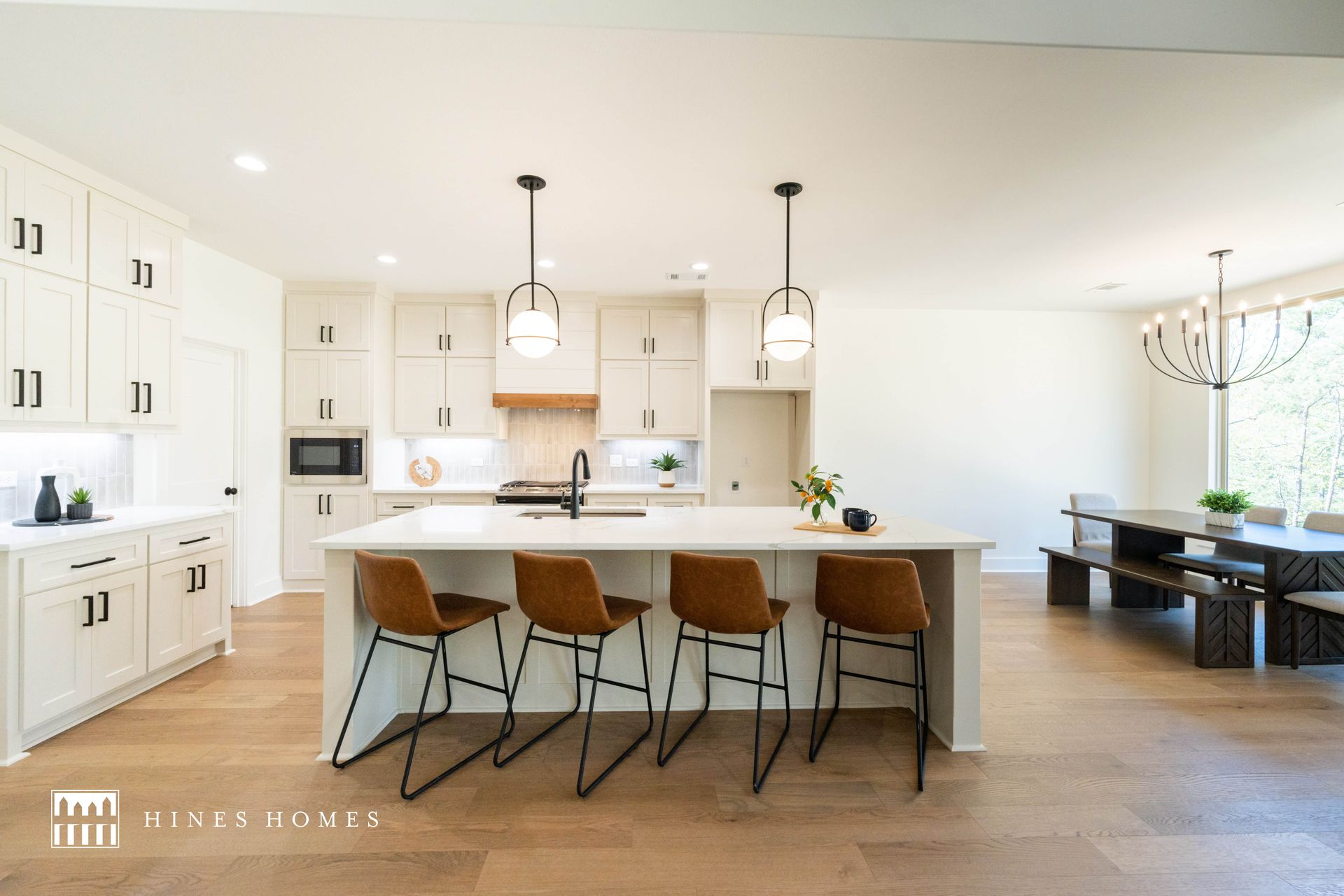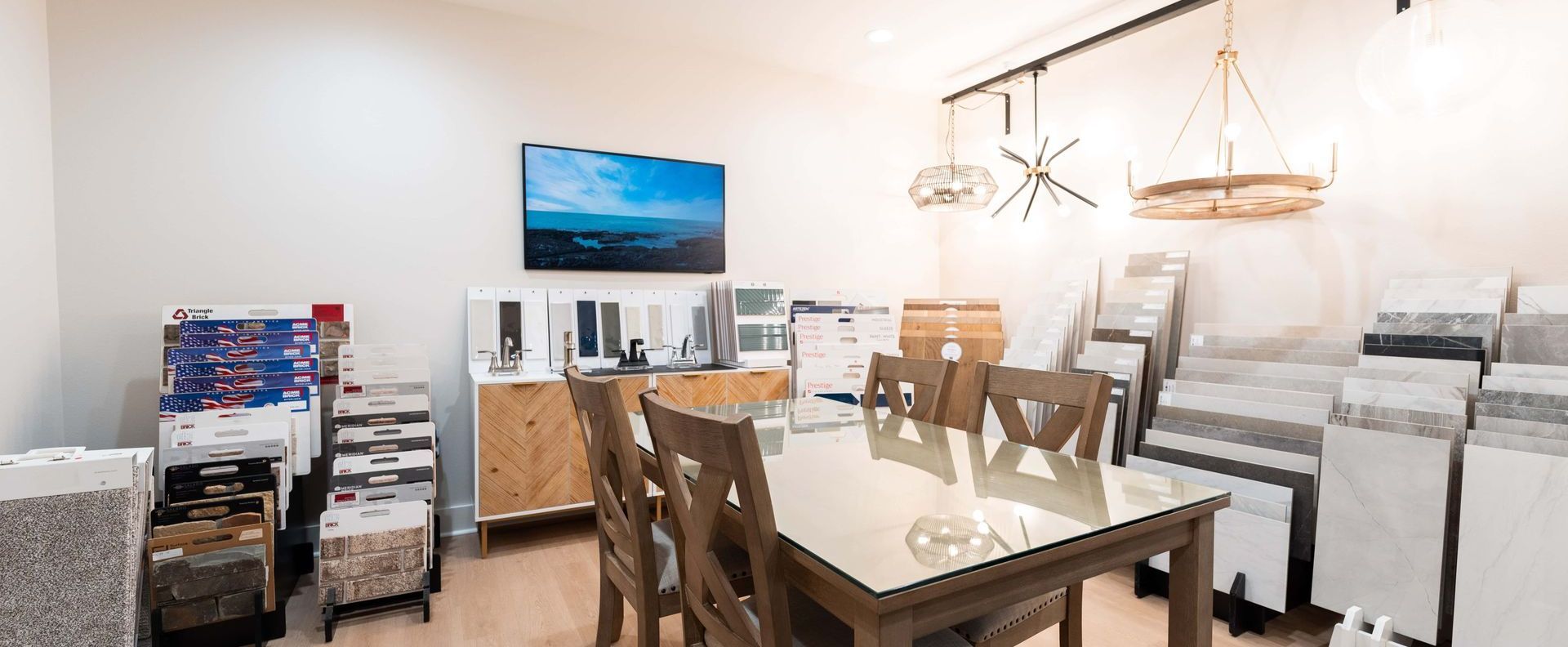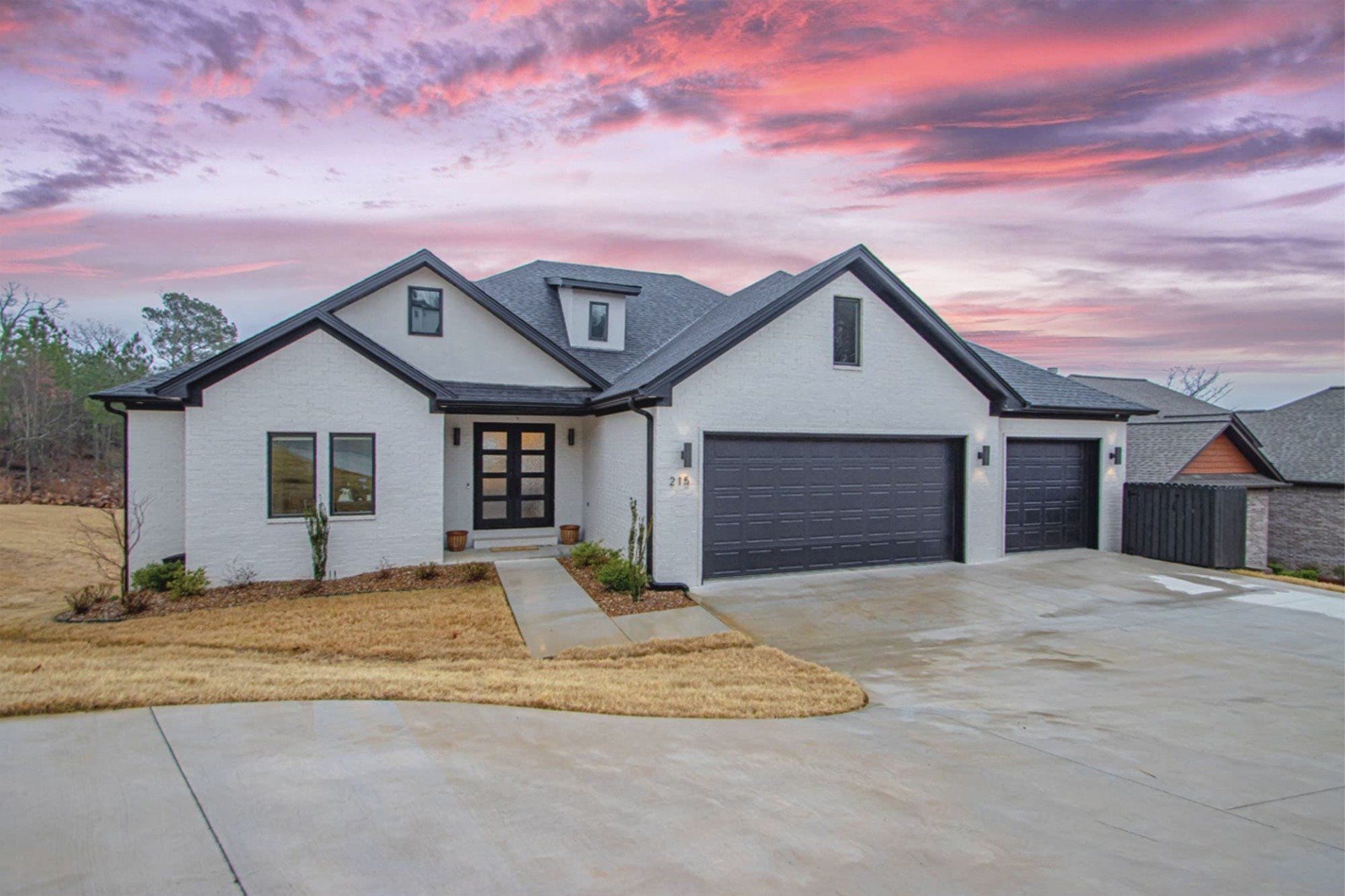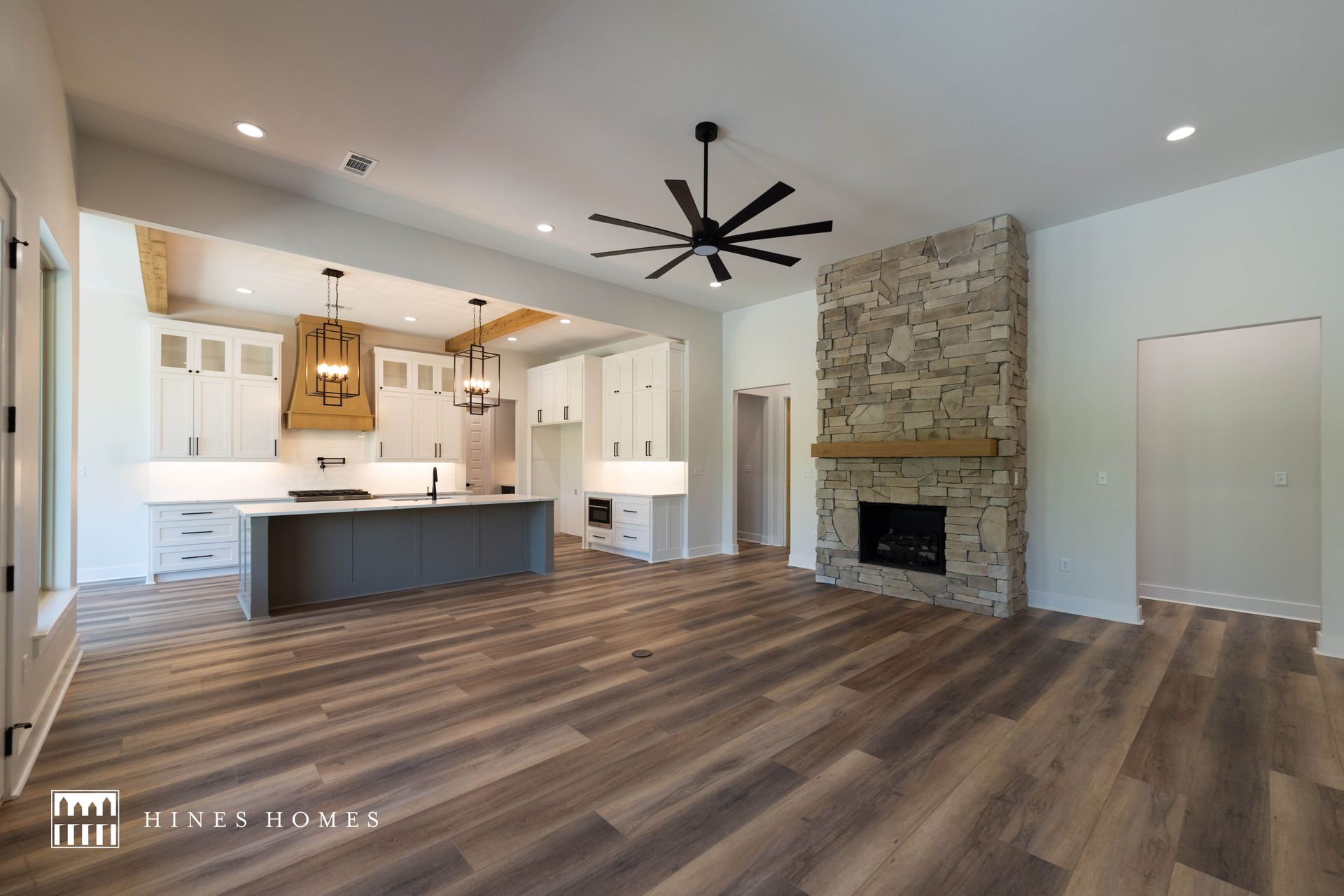Creating Multi-Functional Spaces: How to Design Rooms that Adapt to Your Needs

In today's fast-paced world, the ability to create multi-functional spaces in your home is more important than ever. Designing rooms that can adapt to various needs and activities can enhance the functionality and efficiency of your living space.
Here are some tips on how to create multi-functional spaces in your home:
1. Open-Concept Layouts
Open-concept layouts provide the flexibility to use a single space for multiple purposes. Combining the kitchen, dining, and living areas allows you to easily transition between cooking, dining, and entertaining without the constraints of walls and doors.
2. Flexible Furniture
Invest in furniture that can serve multiple purposes. For example, a sofa bed can transform a living room into a guest bedroom, while a fold-out table can double as a dining area and a workspace.
3. Built-In Storage
Maximize your space with built-in storage solutions that keep your home organized and clutter-free. Built-in shelves, cabinets, and benches can provide ample storage without taking up additional floor space.
4. Multi-Purpose Rooms
Design rooms with flexibility in mind. A home office can also function as a guest bedroom with the addition of a Murphy bed or a convertible desk. Consider installing pocket doors or sliding partitions to quickly change the room's function without major renovations.
5. Modular Furniture
Modular furniture offers the ultimate flexibility. Pieces that can be easily rearranged or reconfigured allow you to adapt your space to suit different needs and occasions. Think modular sofas, stackable chairs, and mobile storage units.
6. Smart Home Technology
Incorporate smart home technology to make your spaces more adaptable. Automated lighting, temperature control, and security systems can be adjusted based on the room's current use. Voice-controlled assistants can also help manage your home's functions seamlessly.
7. Outdoor Living Spaces
Don't forget about your outdoor areas. Creating multi-functional outdoor spaces can extend your living space and provide additional areas for relaxation, dining, and entertaining. Consider adding features like retractable awnings, outdoor kitchens, and flexible seating arrangements.
8. Personalize Your Space
Ultimately, your multi-functional spaces should reflect your personal needs and lifestyle. Think about how you use your home daily and design spaces that cater to your unique activities. Whether it's a hobby room that doubles as a play area for kids or a living room that transforms into a home theater, tailor your design to fit your specific requirements.
Creating multi-functional spaces requires thoughtful planning and a bit of creativity, but the rewards are well worth the effort. By designing rooms that adapt to your needs, you can make the most of your home and enjoy a more efficient, versatile living environment. At Hines Homes, we're here to help you transform your house into a space that truly works for you. Contact us today to learn more about our design and build services.
Share




















